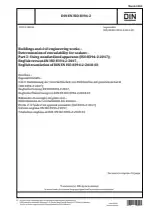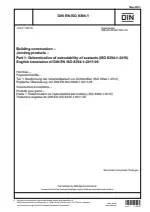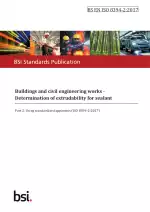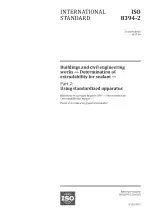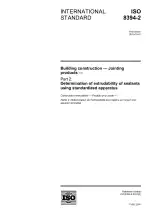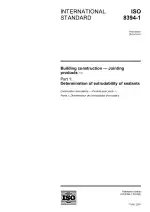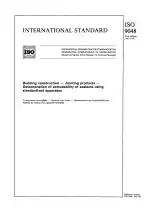Buildings and civil engineering works - Determination of extrudability for sealant - Part 2: Using standardized apparatus
Also Known As:
ISO 8394-2 is a standard that focuses on determining the extrudability of sealants used in buildings and civil engineering works. The standard specifically addresses the process of measuring the extrudability of sealants using standardized apparatus, regardless of the packaging in which the sealants are supplied. It is important to note that the standard does not cover the classification of sealants.
The purpose of this standard is to provide a reliable and consistent method for evaluating the extrudability of sealants. By standardizing the testing procedure, it ensures that the results obtained using this method can be compared across different sealants and manufacturers. This helps in assessing the performance and suitability of sealants for specific applications in the construction industry.
The standard defines the specific apparatus and test conditions to be used, ensuring that the test is conducted under controlled and reproducible conditions. By applying a predefined load to the sealant, the extrudability is measured by examining the flow rate and ease of dispensing. The results obtained from this test can be used to compare the extrudability of different sealants, giving valuable insights into their usability and quality.
| Descriptors | Building sealants, Buildings, Construction, Construction materials, Determination, Extrudability, Joining processes, Joint sealants, Joint sealings, Joints, Pressure, Processibility, Putty, Sealing, Sealing materials, Spray guns, Spraying, Testing |
| ICS Codes | 91.100.50 - Binders. Sealing materials |
| Language(s) | English |
| File Size | 1.9 MB |

